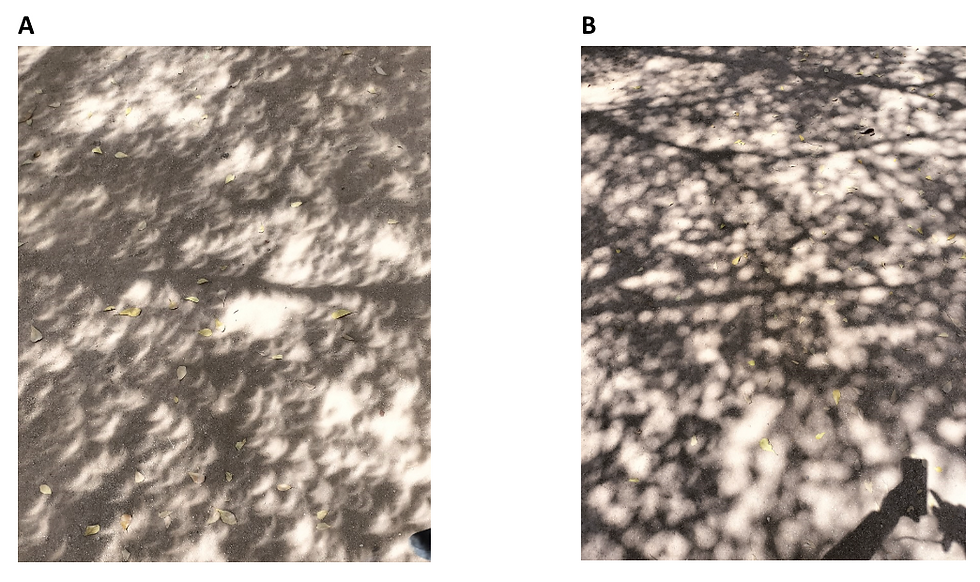Refractive errors and their influence on the learning process
- Emiliano Terán
- Oct 21, 2023
- 2 min read

Myopia, hyperopia, and astigmatism are refractive errors that affect the visual quality of young students worldwide. This issue has been recognized as a matter of global importance, and the World Health Organization has set a goal to increase the correction of uncorrected refractive errors by 40% by 2030. Myopia affects near vision, hyperopia affects distant vision, and astigmatism can influence both. However, in this instance, we will focus on hyperopia due to its direct impact on students' vision and their learning process.
Hyperopia, in contrast to myopia, which affects distant vision, limits near vision in children. This condition can be caused by two main factors: the curvature of the cornea and the axial length of the eye. In the case of hyperopia, the corneal curvature is too flat, causing light rays to focus behind the retina instead of directly onto it. This results in difficulties focusing on close objects, which can significantly affect the academic performance of young students. In hyperopia, the length of the eye is shorter than usual, approximately 22 mm instead of the typical length of 23 mm. This difference leads to difficulties focusing on close objects, which can significantly impact the academic performance of young students. Early detection and proper treatment are essential to address this visual issue.
The prevalence of hyperopia is often underestimated, as most school screening tests focus on distance vision, such as visual acuity evaluated at a distance of 3 or 6 meters using Snellen charts. However, it is crucial for these tests to also consider near vision and take hyperopia into account, as this condition significantly affects the academic performance of young students. Worldwide, the prevalence of refractive errors is high, and in Mexico, studies conducted using psychotechnical tests indicate a high prevalence of hyperopia, with figures close to 2%, although the prevalence may be even higher. On the other hand, in Puerto Rico, a recent study found a prevalence of almost 3% for hyperopia, meaning that approximately 1 in every 30 children on the island faces this condition. These data emphasize the importance of early detection and proper treatment of hyperopia to ensure optimal educational development in students.
In conclusion, refractive errors can have a considerable impact on students' learning processes, and hyperopia, in particular, limits their near vision performance. It is essential that vision assessments, whether in visual health brigades or specialized clinics, consider not only distance vision but also near vision to detect and correct hyperopia early, thus ensuring better academic performance and school development for young individuals.
Emiliano Terán
References
Santiago, H.C., Rullán, M., Ortiz, K., Rivera, A., Nieves, M., Piña, J., Torres, Z. and Mercado, Y., 2023. Prevalence of refractive errors in children of Puerto Rico. International Journal of Ophthalmology, 16(3), p.434. DOI: 10.18240/ijo.2023.03.15
Teran, E., Ramírez-Jaime, R., Martínez-Gaytán, C., Romo-García, E. and Costela, F.M., 2021. Refractive Error of Students (15-to 18-year-olds) in Northwest Mexico. Optometry and Vision Science, 98(10), pp.1127-1131. DOI: 10.1097/OPX.0000000000001779



Comments